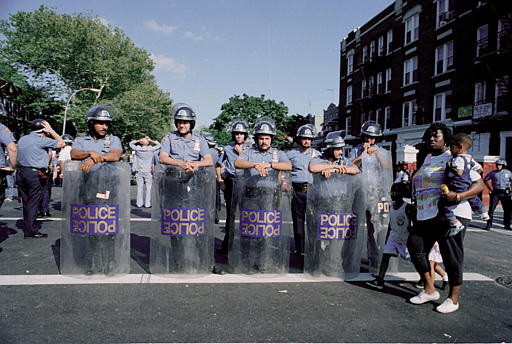(Jan. 26) MOBILE, Alabama — The only way for federal courts to stop making a mess of political redistricting is for them to stop assessing district maps through racial lenses.
A federal three-judge panel in Alabama on Monday ordered that the state’s new congressional district lines be reengineered within two weeks to create a second black-majority district, or “something quite close to it.” Never mind that for 30 years the state has had a stable percentage of black voters (roughly 25%-27%) and that courts approved markedly similar district maps, maps in which six of the seven districts had white majority populations, for that entire time.
In sum, the judges are saying that what was acceptable under the Constitution and the federal Voting Rights Act for 30 years is no longer acceptable now, even though neither the Constitution nor the act’s redistricting provisions, nor the population’s racial percentages, have changed. Apparently, laws, just like words for Humpty Dumpty in Wonderland, mean for some judges “just what I choose [them] to mean,” changing like the patterns of a kaleidoscope.
Then again, the Supreme Court itself has created a horribly thorny legal and logical thicket around redistricting. In the 1993 case of Shaw v. Reno and the 1995 case of Miller v. Johnson, it ruled that any district drawn predominantly on the basis of race violates the Equal Protection Clause of the 14th Amendment and that the Voting Rights Act does not necessarily require the creation of a “majority-minority district” where one has not previously existed. The latter understanding was confirmed in Cooper v. Harris in 2017. On the other hand, the court has never overturned the 1986 Thornburg v. Gingles decision that said sometimes a minority-majority district must be created.

Even more confusingly, sometimes courts have, and sometimes they haven’t, ruled that states also must not “dilute” black voting percentages in a district, so that, for example, a 60% majority must not be reduced to a 53% majority.
Yet if a legislature is being sued because it didn’t create a second black-majority district, what is it to do? Imagine one district with 45% of black registered voters and a neighboring district with 60%. Well, to turn the 45% into, say, 52%, that would (roughly) require the 60% black district to be reduced to 53% black. If you must make both districts majority black but you cannot “dilute” the 60% district, then what, pray tell, is the answer?…. [That’s just the start of the problems with this ruling. For more, read here.]






